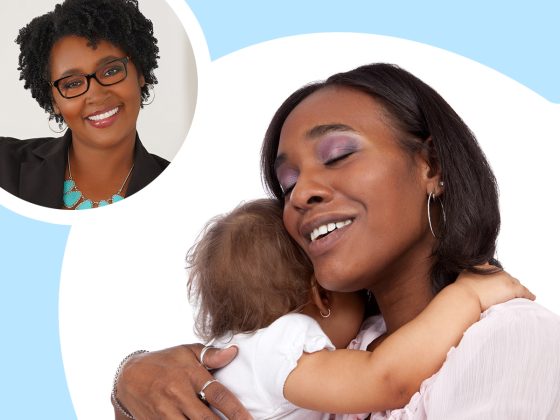
Never Too Young: Ages and Stages of Racial Understanding
An article about children’s understanding of race, age by age.
Research shows that children form race-related ideas long before they’re ready to talk about race and racism… awareness of race begins as early as infancy!1 No matter their age, all children collect clues from their experiences to make sense of the world, so early, honest, and age-appropriate conversations really matter. Here’s an age-by-age look at how children’s understanding develops—and why it’s never too early to address racism.
Infants show a preference for the faces of people from their own racial group as early as six months. Studies show that babies gaze longer and show happy expressions more frequently with people who look like them. Start early by introducing children to people who don’t look like them, and let children see pictures of people with a variety of skin tones and facial features.
Toddlers use social cues such as body language and facial expressions to make sense of their world. They watch the way adults respond to differences in people, and mimic our attitudes and racial biases without us even realizing it. Research shows that as young as three, toddlers associate some racial groups with negative traits, and they use these associations to develop their own understanding about the world around them. When your children are toddlers, you can be aware of your own biases and reactions to people who skin color is different from yours, and continue to share books, videos, and music that highlight and celebrate differences.
Preschoolers are becoming even more observant of differences such as skin color and hair texture, and noticing more and more how other are the same and different from them. Not only do they compare and group people by race, but research shows some children also begin to show a “pro-White” bias—they may begin to include or exclude playmates on the basis of race. Even non-White children may associate White with wealth, power, or beauty. (When my children were this age, I’d make sure to say things like, “Isn’t it amazing how we’re all so different!”)
Kindergartners and first graders are beginning to notice that race is often a taboo topic. At this age, children may continue to include and exclude peers based on race. They are more aware of disturbing news, and they often ask questions about it, so it’s a great opportunity to have meaningful conversations about race and racism. It’s not uncommon for a child to say that someone who looks different from them looks “weird.” (Before getting into more conversation, you can ask questions like “What makes you say that?” or “Why do you think so?” so I better understand where these thoughts came from.)
As soon as children can ask questions, support their natural curiosity by answering them, even the most difficult ones (and it’s okay to say you want to think about their question for a while). Let them know that it’s okay to notice skin color and to talk about race. The idea is to make differences normal… and good!
1Goodman, M. E. (1952). Race awareness in young children; https://www.ncbi.nlm.nih.gov/pmc/articles/PMC2566511/
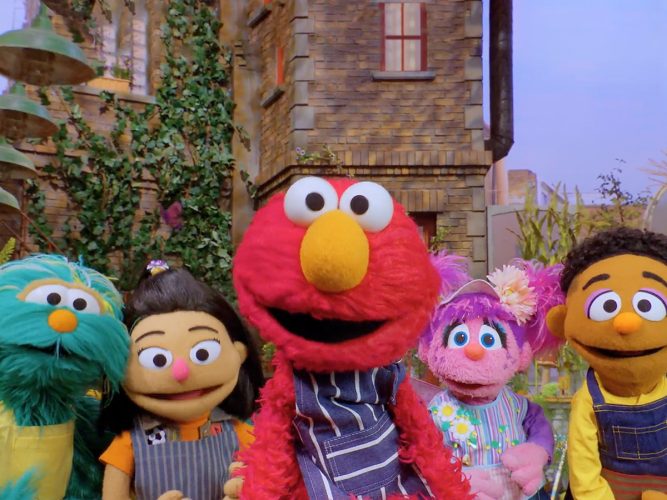
Community Song
A video about community.
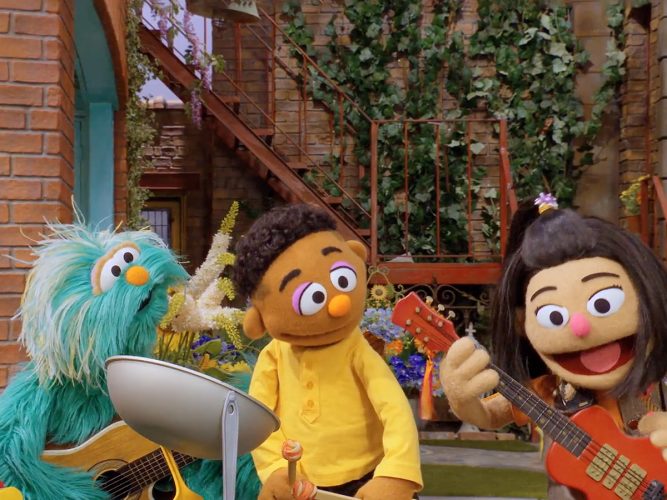
Musical Show & Share
A video about coming together to create something beautiful.
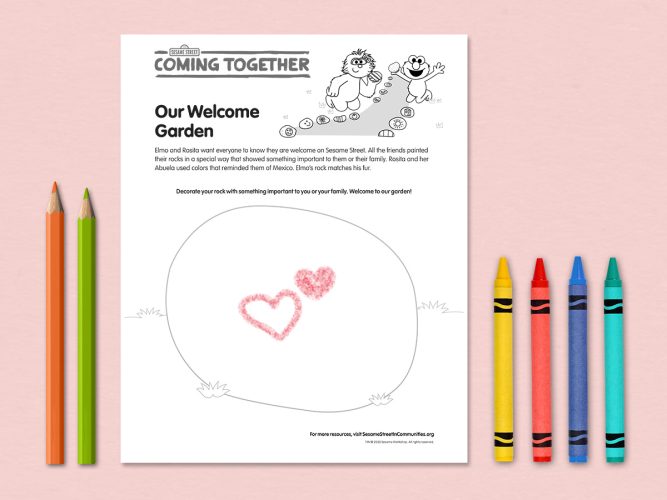
Our Welcome Garden
A printable page about a community rock garden.
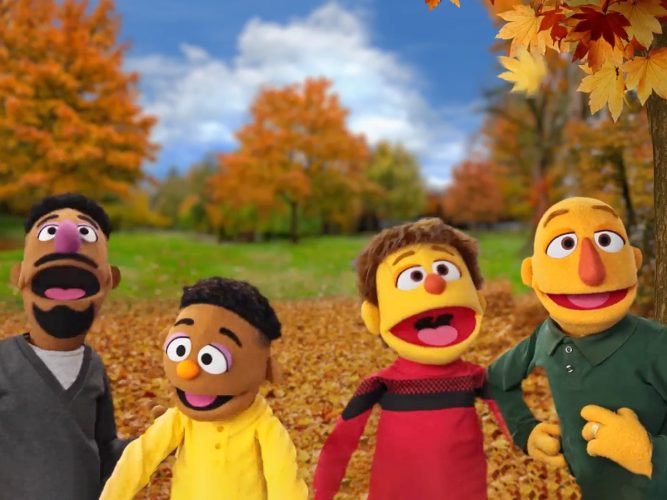
The Wiggle-Jiggle Game
A video about a getting-to-know-you game that helps kids appreciate similarities and differences.
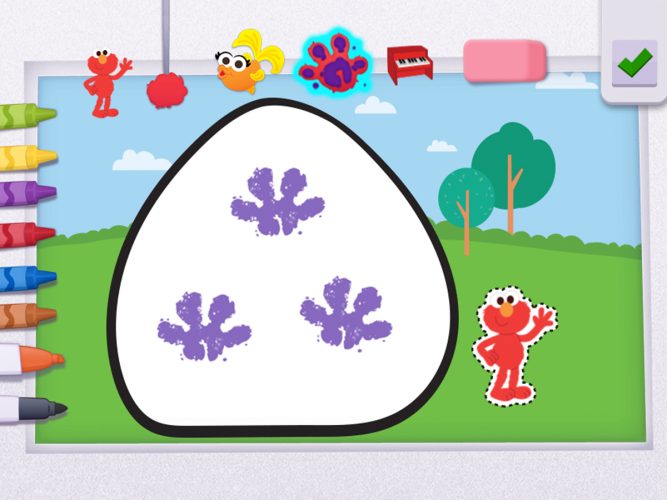
Welcome to Our Garden
An interactive game in which children add rocks to the Sesame Street community garden.
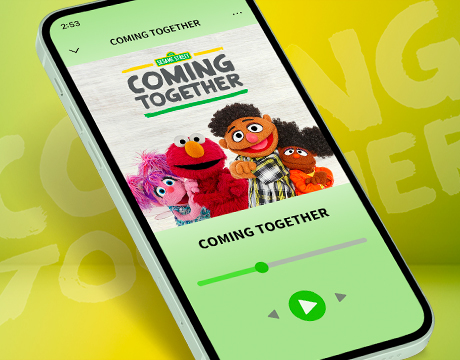
Coming Together Playlist
This curated playlist is perfect for helping children explore friendships, celebrate differences, and build a better future.

Bea’s Block Kindness Adventure Color & Activity Guide
Activities and coloring pages for children that celebrate kindness.
